Table of Contents
Concrete Finishes: What It Is
The term “concrete finishes” refers to the surface treatment that is applied to concrete once it has been poured and allowed to set. The purpose of this process is to enhance both the durability and appearance of the concrete, with techniques including texturing, coloring, and smoothing.

The type of concrete finish chosen will depend on a variety of factors, including the intended use of the concrete, the desired aesthetic, and the budget. Common types of finishes include exposed aggregate, smooth-troweled, and broom finish.
To modify the appearance of the concrete surface, a range of materials and techniques can be employed. Examples of these methods are provided below.
Concrete Finishes: 20 Types
1. Smooth Concrete Finish:
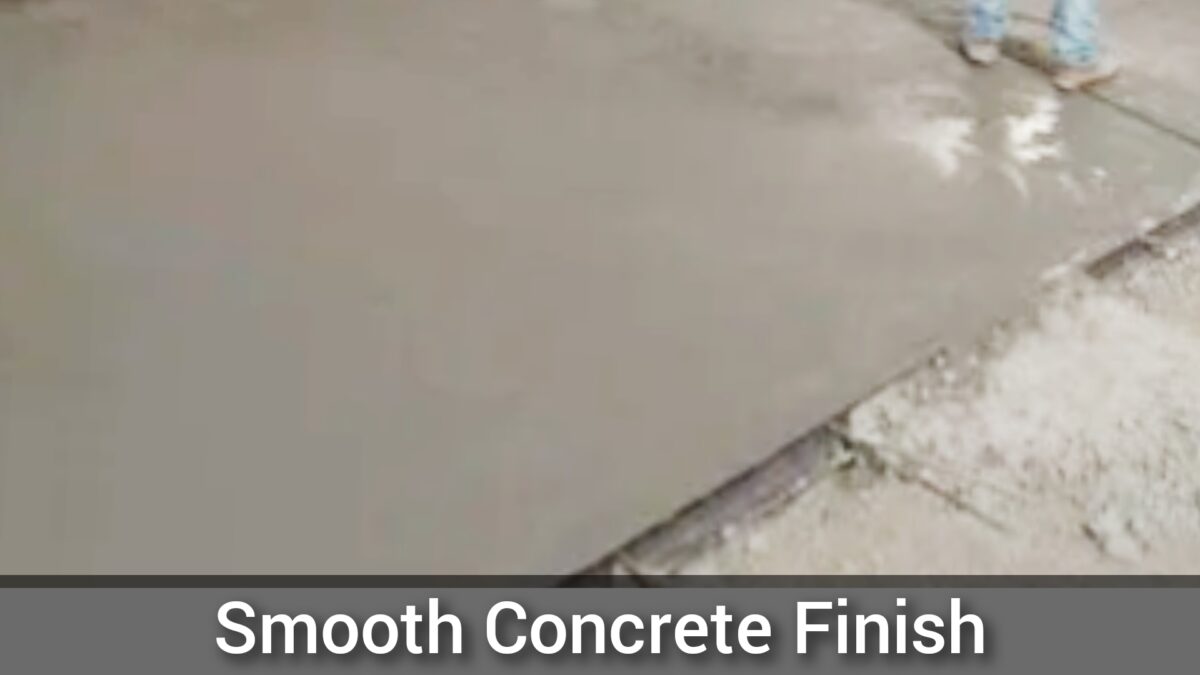
This is a plain, smooth finish that can be achieved by troweling the concrete.
2. Broom Concrete Finish:

A broom is used to create small grooves on the surface of the concrete for traction and slip-resistance.
3. Exposed Aggregate Finish:

The surface of the concrete is treated with a chemical retardant to reveal the aggregate underneath.
4. Stamped Concrete Finish:

Stamps are used to create patterns and textures on the surface of the concrete, resembling brick, stone, or tile.
5. Salt Concrete Finish:

Salt is broadcast onto the surface of the concrete, creating a textured surface with small indentations.
6. Stained Concrete Finish:
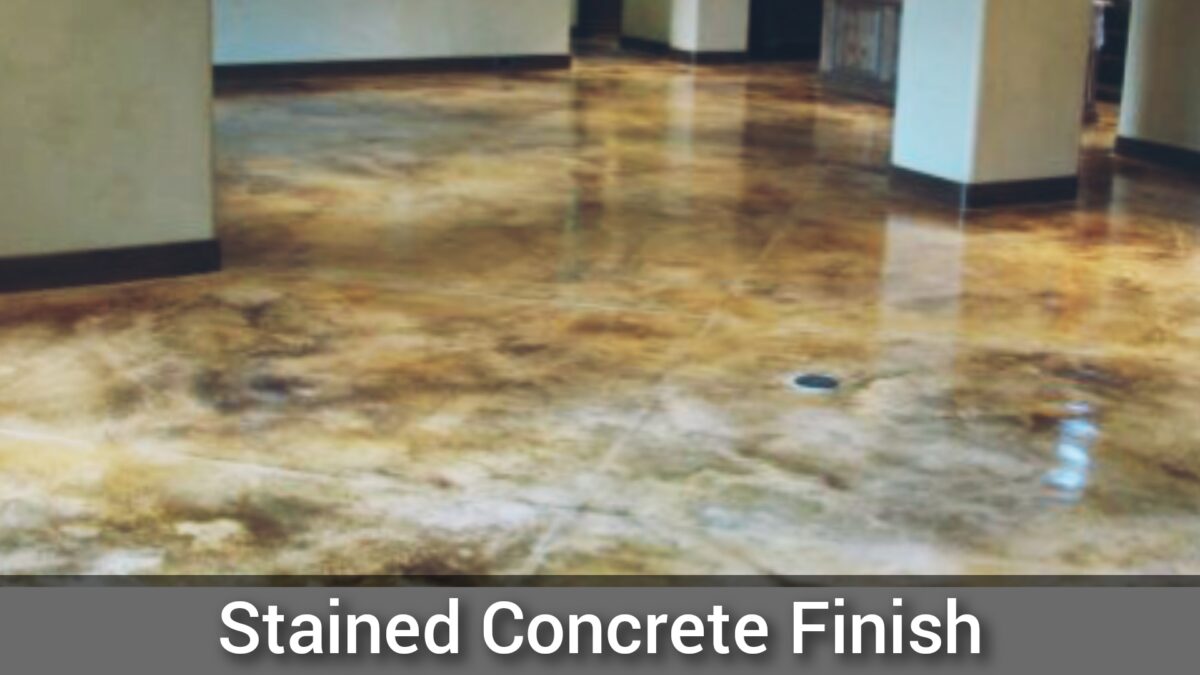
Chemical stains are applied to the surface of the concrete, giving it a unique, variegated appearance.
7. Polished Concrete Finish:
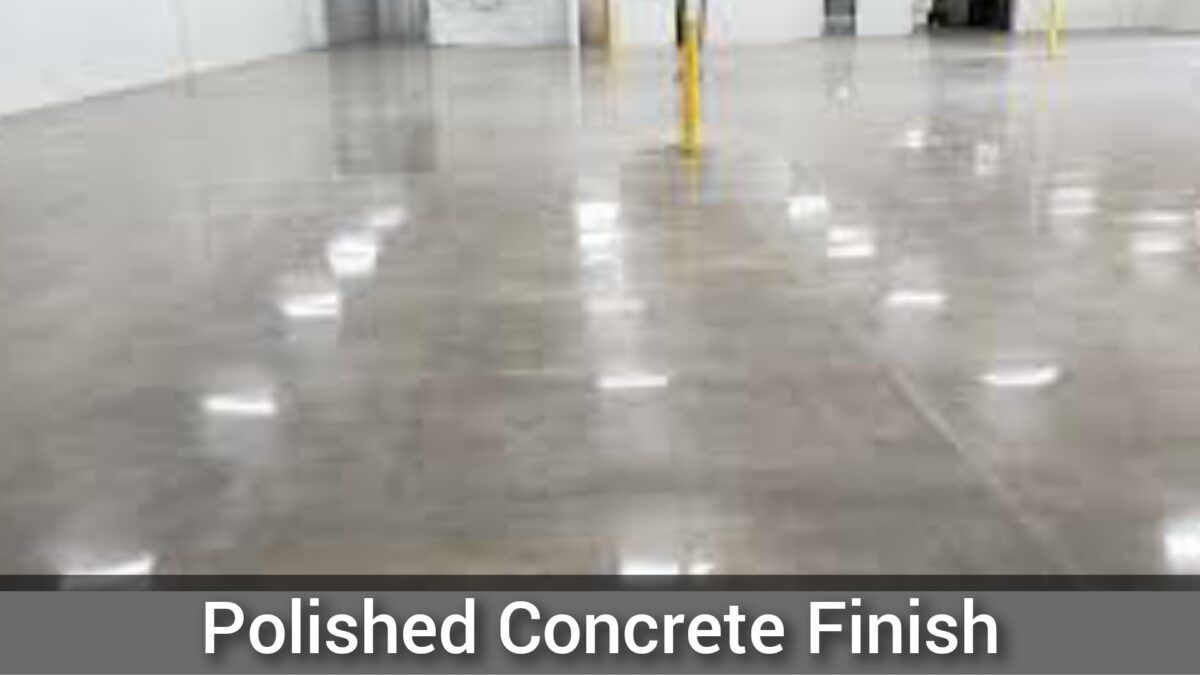
The surface of the concrete is polished using special tools, resulting in a glossy, reflective surface.
8. Acid Etched Concrete Finish:

An acid solution is applied to the surface of the concrete, creating a unique pattern of etched lines.
9. Sandblasted Concrete Finish:

Sandblasting is used to create a textured surface on the concrete, exposing the aggregate and creating a rough surface.
10. Burnished Concrete Finish:

A burnishing tool is used to create a smooth, shiny surface on the concrete.
11. Integral Color Concrete Finish:
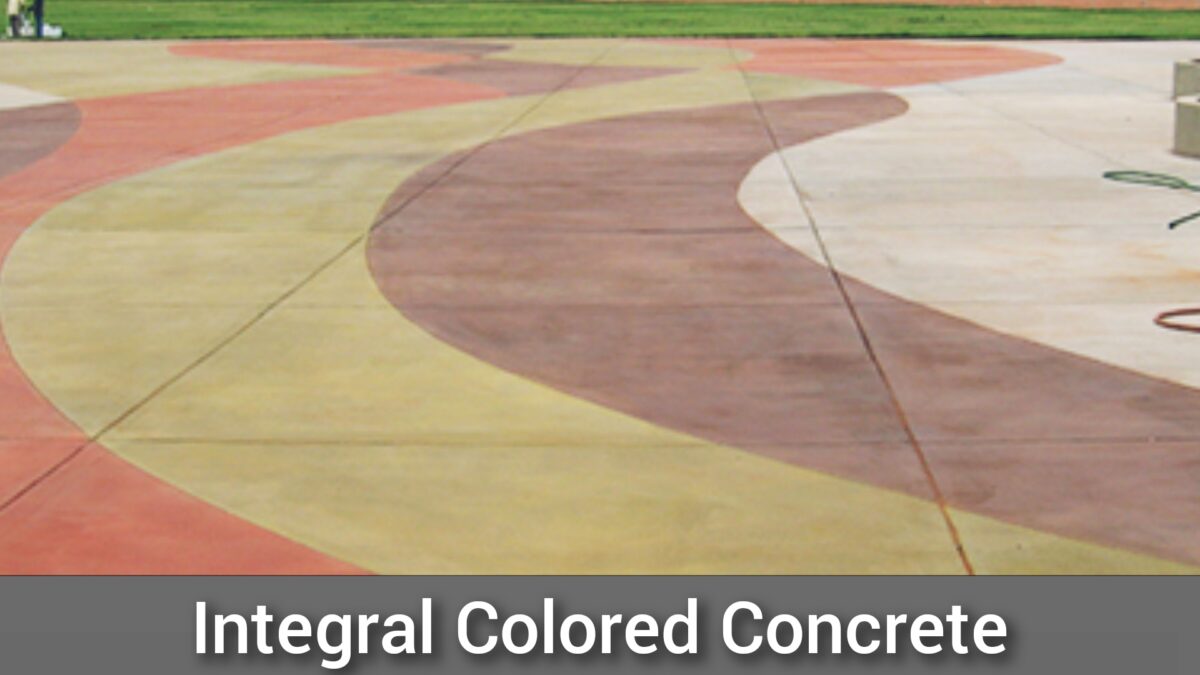
Pigments are added to the concrete mix before pouring, resulting in a uniform color throughout the surface of the concrete.
12. Dye Concrete Finish:
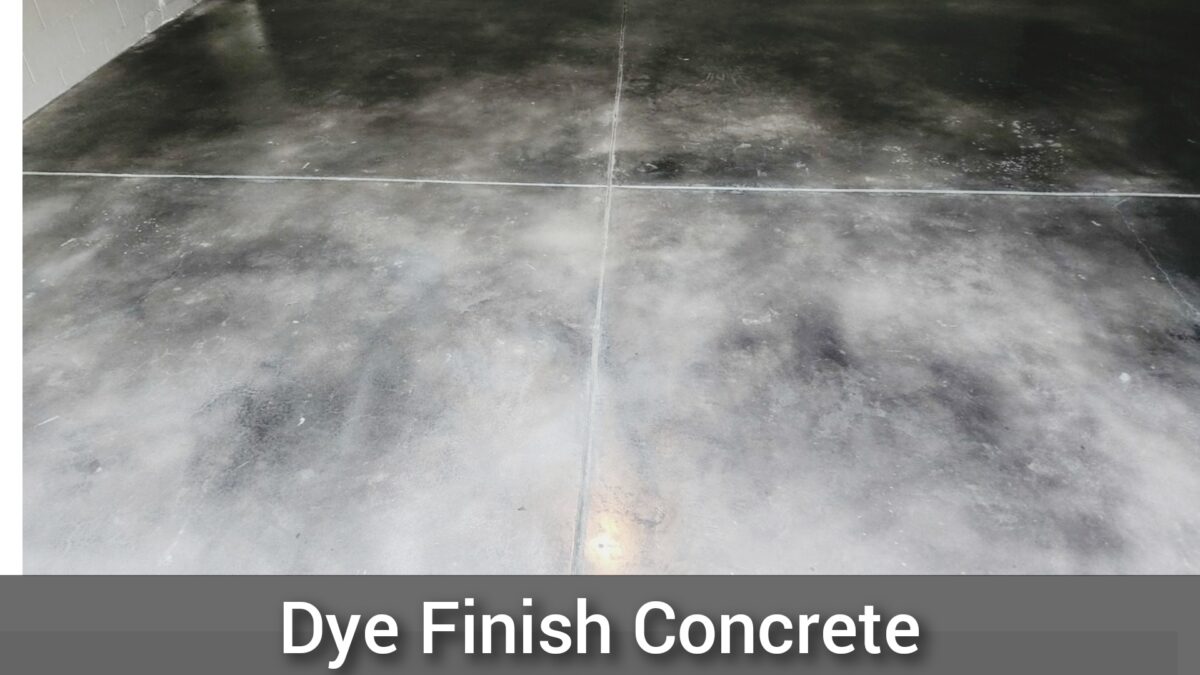
Dyes are applied to the surface of the concrete, creating a uniform or variegated color.
13. Trowel Concrete Finish:

A trowel is used to create a smooth, textured surface on the concrete.
14. Brush Concrete Finish:

A brush is used to create a textured surface on the concrete, creating a rustic, natural look.
15. Patterned Concrete Finish:

A pattern is created on the surface of the concrete using a stencil or template.
16. Scored Concrete Finish:

Lines or grooves are cut into the surface of the concrete using a saw or other cutting tool.
17. Seeded Concrete Finish:

Seeds or small stones are pressed into the surface of the concrete, creating a textured appearance.
18. Epoxy Coated Concrete Finish:
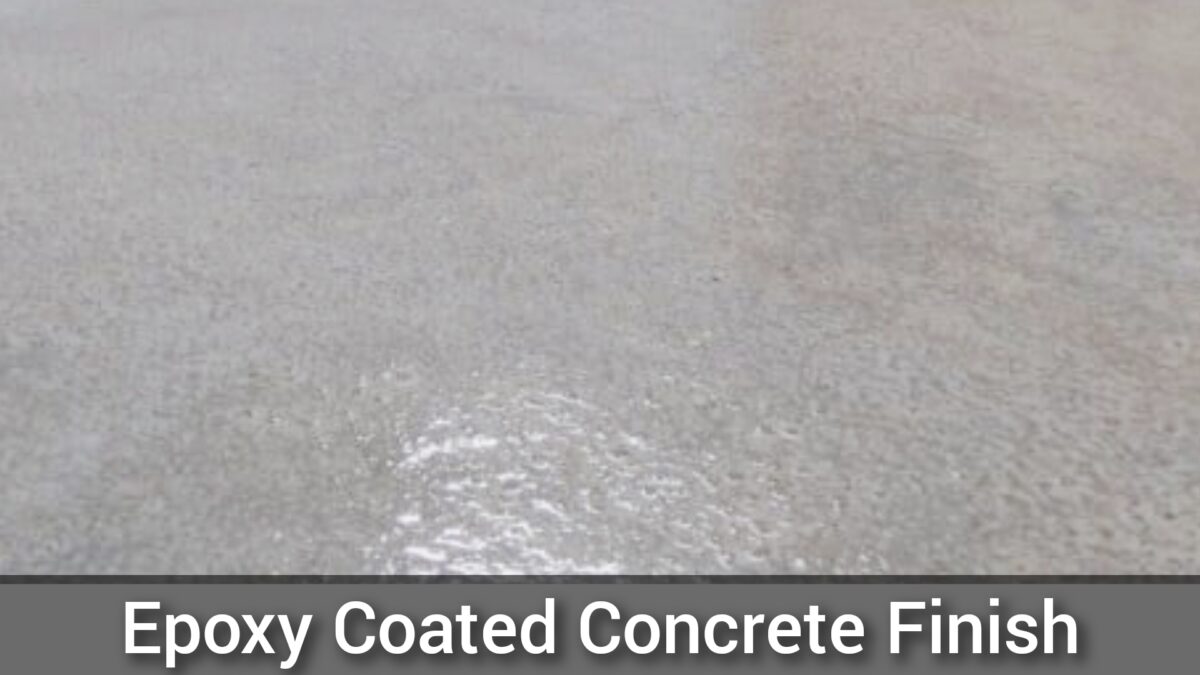
An epoxy coating is applied to the surface of the concrete, creating a smooth, glossy finish.
19. Metallic Concrete Finish:
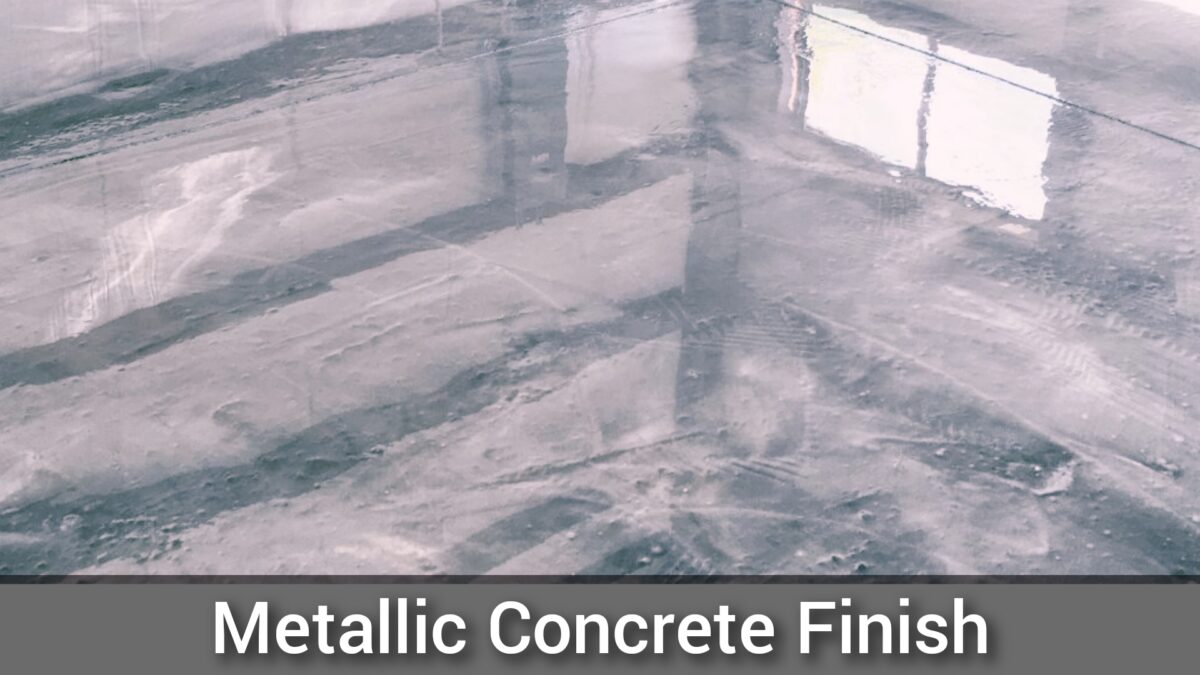
Metallic pigments are added to the epoxy coating, creating a shimmering, metallic appearance.
20. Grind and Seal Concrete Finish:
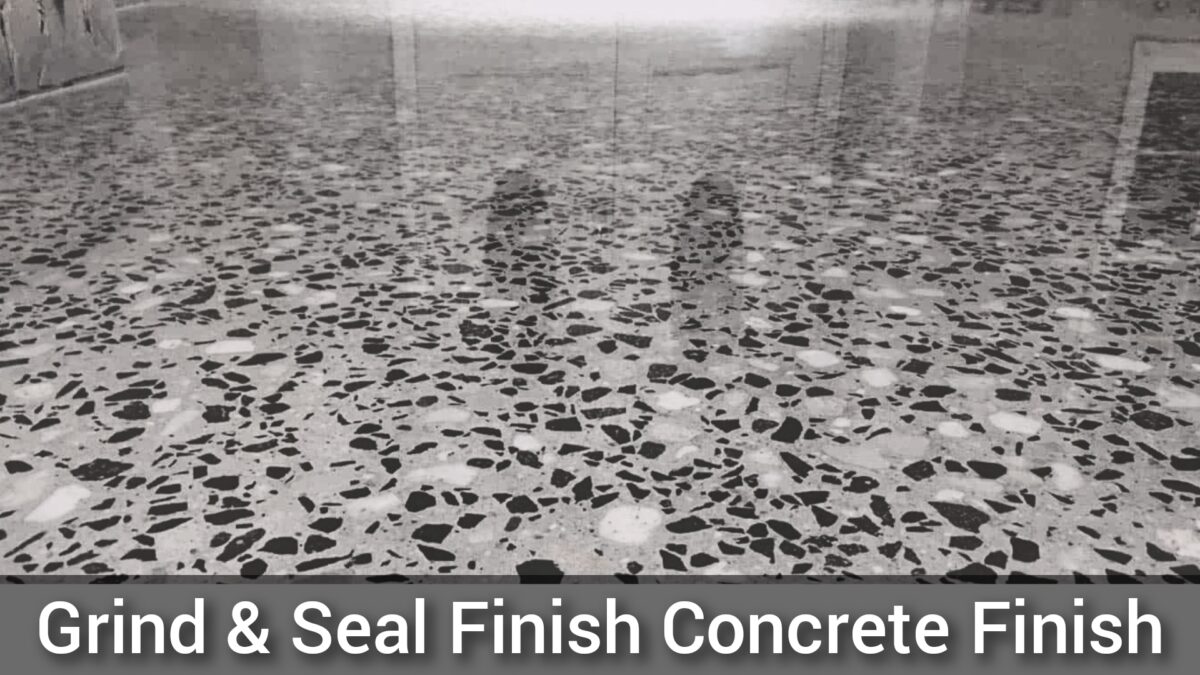
The surface of the concrete is ground down to expose the aggregate, then sealed with a protective coating.
Concrete Finishing Tools
1. Trowel:

A trowel is a flat, rectangular tool with a handle that is used to spread, smooth, and level concrete surfaces. It is commonly used to create a smooth finish on concrete slabs, walls, and other surfaces.
2. Float:

A float is a flat, rectangular tool that is used to level and smooth wet concrete surfaces. It is made of wood or magnesium and has a handle for ease of use. Floats are commonly used to create a rough finish on concrete surfaces, which can then be further smoothed out with a trowel.
3. Edger:

An edger is a tool that is used to create a rounded edge along the perimeter of a concrete surface. It is typically made of steel or plastic and has a handle for ease of use. Edgers are commonly used to create a finished look along the edges of concrete walkways, patios, and driveways.
4. Groover:

A groover is a tool that is used to create control joints in concrete surfaces. These joints are used to help prevent cracking by allowing the concrete to expand and contract with temperature changes. Groovers come in a variety of shapes and sizes, and are typically made of steel or bronze.
5. Bull Float:

A bull float is a large, flat tool that is used to smooth and level large concrete surfaces. It is similar to a regular float, but larger and more heavy-duty. Bull floats are commonly used on large concrete slabs, such as those found in warehouses or parking lots.
6. Broom:
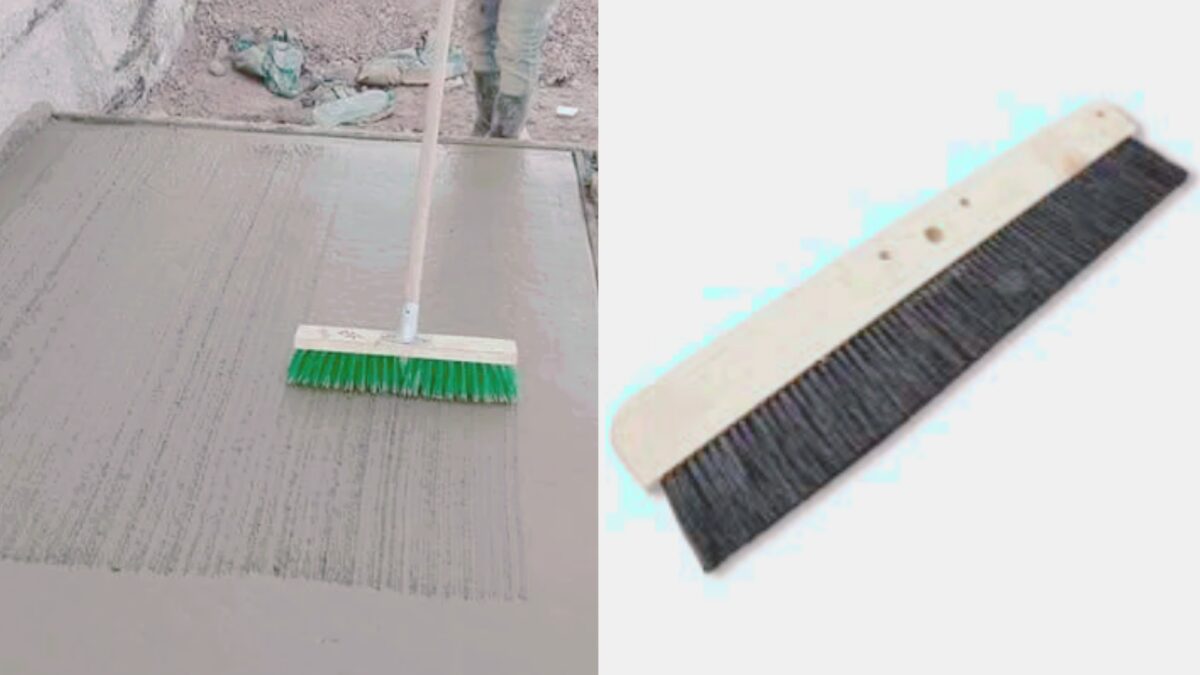
A broom is a tool that is used to create a textured finish on concrete surfaces. It is typically used on sidewalks, patios, and other outdoor areas to create a slip-resistant surface. Brooms come in a variety of sizes and styles, and can be made of synthetic or natural bristles.
7. Darby:

A darby is a flat tool that is used to level and smooth wet concrete surfaces. It is typically made of wood or magnesium and has a handle for ease of use. Darbys are commonly used to create a smooth finish on large concrete surfaces, such as floors or walls.
8. Jointer:

A jointer is a tool that is used to create a beveled edge on control joints in concrete surfaces. It is typically made of steel or bronze and has a handle for ease of use. Jointers are commonly used to create a finished look on control joints in sidewalks, driveways, and other outdoor areas.
9. Power Trowel:

A power trowel is a machine that is used to smooth and level concrete surfaces. It is powered by a gasoline engine or electric motor and has a set of rotating blades that smooth the surface of the concrete. Power trowels are commonly used on large concrete surfaces, such as warehouse floors or parking lots.
10. Concrete Sealer Sprayer:

A concrete sealer sprayer is a tool that is used to apply a sealer to concrete surfaces. It is typically powered by a small gasoline engine or electric motor and has a spray nozzle that applies the sealer evenly over the surface of the concrete. Sealing concrete helps to protect it from damage caused by weather, chemicals, and other factors.
